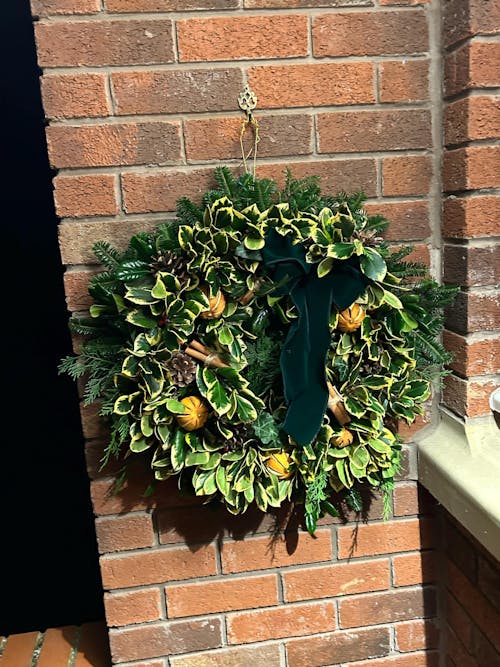The Bird of Paradise is a majestic plant which is popular due to its distinctive flowers, shaped like the heads of vibrant birds of paradise. This species' flowers are white, standing out against its deep green foliage. Make sure you like the foliage when you choose this plant, too- it can take eight years for the plant to mature enough to flower indoors, but once it does, it can continue to grow and flower for years. It is definitely worth the investment! Care or this plant with a bright spot, moist soil and plant food at the right time and it will reward you with gorgeous blooms and foliage!
Scientific Name
Strelitzia nicolai (Strelitz' plant, Nicolai's variety. The name Nicolai means 'victory of the people')
Common Name
Giant White Bird of Paradise, Wild Banana, Natal White Banana
Origin
Native to Mozambique, Botswana and Zimbabwe
Light
These plants LOVE the sun; place them in your brightest spot and they will love you too!
Water
Allow half the soil to dry out between waters; reduce this in autumn and winter. Be mindful that you'll need to water more frequently in a very sunny spot, but in a shadier spot much less.
Humidity
Average humidity is fine for this plant, but it will benefit from a regular mist or the introduction of a humidity tray, especially if it's near a radiator. It needs good air circulation, too, so don't let it sit stagnant!
Soil
A moisture-retentive mix with added bark will work well here; add bark to a mix designed for Calatheas or Marantas for the perfect combo! Repot every year in Spring as the plant grows.
Food
Feed every four waters in the growing season, reduce to every six in autumn and winter.
Temperature
Average household temperatures of about 14-24°C are fine- make sure it doesn't consistently drop below 10°C in winter.
Pet-safe
No, this plant is toxic to pets and small humans.
Sprouts Top Tips
It can be tricky to get this plant to bloom indoors. Patience is key, but you can help it along too! It needs light and nutrients, and will flower better if it is slightly pot bound. Flowering is usually in late winter and early spring; a dormancy period in autumn and winter with slightly lower temperatures (though no lower than 10), less water and less feeding followed by increasing temperatures, more water and fertiliser high in potash will give it the best chance of flowering.

















![The 'Hot Toddy' Fresh Foliage Christmas Wreath [Made to Order]](https://cdn.shopify.com/s/files/1/0490/2774/3905/products/the-hot-toddy-fresh-foliage-christmas-wreath-240111_500x500.jpg?v=1637626402)














